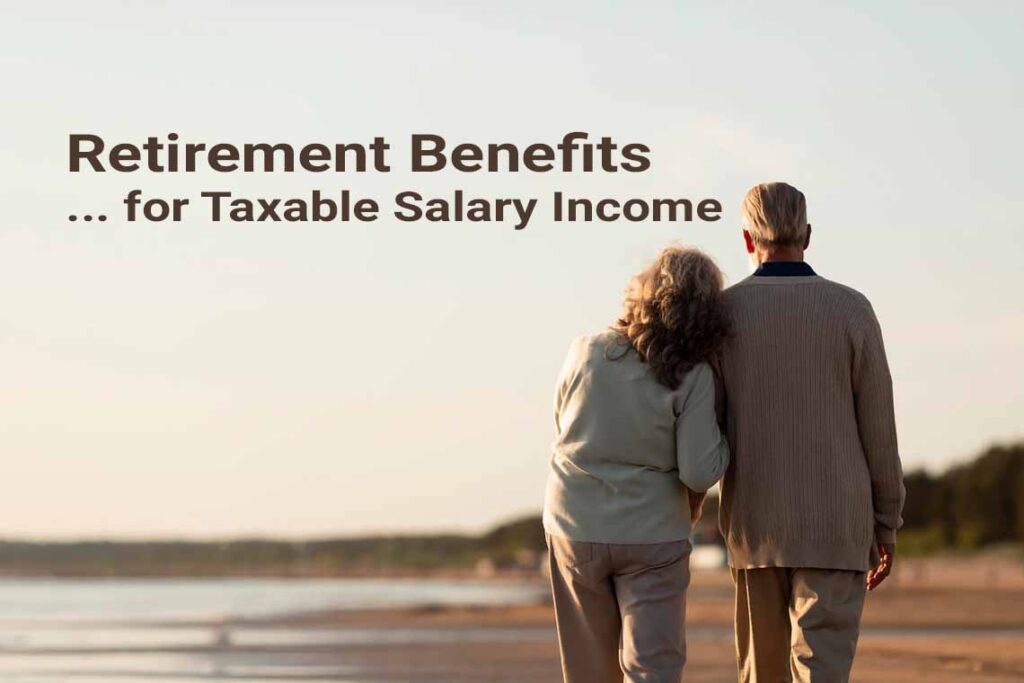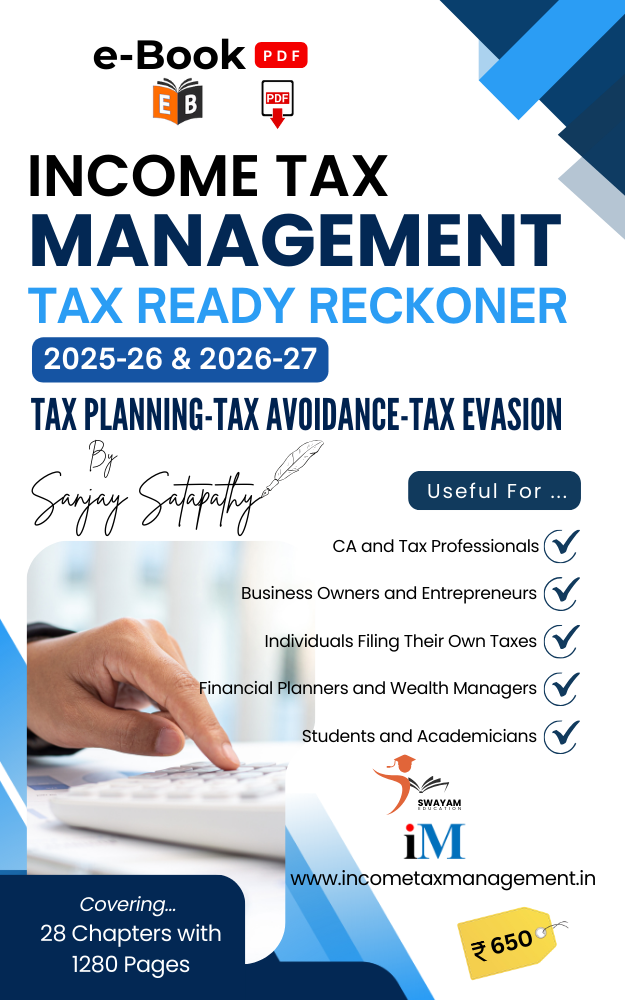Cases or situations of Tax Relief under section Section 89/Rule 21A when Salary is Paid in Arrears or in Advance for calculating taxable salary income for assessment year 2022-23 & 2023-24.
Where, by reason of any portion of an assessee’s salary being paid in arrears or in advance or by reason of his having received in any one financial year salary for more than twelve months or a payment which under the provisions of section 17(3) is a profit in lieu of salary, his income is assessed at a rate higher than that at which it would otherwise have been assessed, the relief to be granted under section 89 shall be as under:
(A) Where any portion of the assessee‘s salary is received in arrears or in advance
Step 1: Calculate the tax payable of the previous year in which the arrears/advance salary is received on:
(a) Total Income inclusive of additional salary.
(b) Total Income exclusive of additional salary.
The difference between (a) and (b) is the tax on additional salary included in the total
income.
Step 2: Calculate the tax payable of every previous year to which the additional salary relates
(a) on total income including additional salary of that particular previous year.
(b) on total income excluding additional salary.
Calculate the difference between (a) and (b) for every previous year to which the additional salary relates and aggregate the same.
Step 3: The excess between the tax on additional salary as calculated under steps I and 2 shall be the relief admissible under section 89. If there is no excess, no relief is admissible. If the tax calculated in step 1 is less than tax calculated in step 2, the assessee need not apply for relief.
(B) Where the payment is in the nature of gratuity other than, exempt under section 10(10) [Rule 21A(3)]:
Relief is available only if the gratuity is received in respect of past services of the assessee extended over a period of not less than five years. In other words, no relief is admissible if the period of service is less than five years.
The amount of relief is calculated as under:
(1) Where gratuity is paid in respect of past services of fifteen years or more
Step -1: Calculate the tax on total income (including gratuity) in the year of receipt of gratuity and calculate the average rate of tax i.e.
| Total Tax / Total income X 100 |
Step -2 : Calculate the tax on gratuity on basis of average rate of tax computed in step 1.
Step – 3 : Calculate the tax liability by adding 1/3 of the gratuity to the total income of each of the preceding three years and calculate the average rate of tax for each year separately.
Step – 4 : Calculate the average of the three average rates computed in step 3 above and compute the tax on gratuity at that average rate.
Step – 5 : The excess, if any, of the tax on gratuity computed at step 2 over step 4 will be the relief admissible under section 89.
(2) Where gratuity is paid in respect of past services of 5 years or more hut less than 15 years.
The procedure for computation of relief is same except that in step 3 the number of years for calculating average rate of tax shall be taken as 2 instead of 3 and thus 1/2 of the gratuity will be added in the total income of the preceding 2 years instead of 3 years.
(C) Where the payment is in the nature of taxable compensation received from the employer or former employer at or in connection with the termination of his employment [Rule 21A(4)]:
Relief will be available only if the following conditions are satisfied:
(a) Compensation is received after continuous services of not less than 3 years.
(b) The unexpired portion of the term of employment is also not less than 3 years.
The procedure for calculating the relief is same as given in case (a), above, i.e. gratuity paid to the employee in respect of services rendered for a period of 15 years or more.
(D) Where payment is for commutation of Pension [Rule 21A(5)]
The procedure for calculating the relief is same as given in case (a) of para (B) i.e. gratuity paid to the employee in respect of services rendered for a period of 15 years or more.
(E) Where the payment is of a nature other than given under Rule 21A(2) to 21A(5) discussed above [Rule 21A(6)]
In these cases, the CBDT may, having regard to the circumstances of each case, allow such relief as it deems fit.
Furnishing of particulars for claiming relief under section 89 [Rule 21AA]:
Where the assessee, being a Government servant or an employee in a company, co-operative society, local authority, university, institution, association or body, is entitled to relief under section 89, he may furnish to the person responsible for making the payment referred to in section 192(1) the particulars specified in Form No. 10E.
In case of other employees, the application for the grant of relief shall have to be made to the Assessing Officer, instead of the employer.

![[Section 89/Rule 21A]- Tax Relief](https://incometaxmanagement.in/wp-content/uploads/2023/09/Tax-Relief-under-Section-89-Rule-21A-1024x683.jpg)








![Perquisites [(Section 17(2)] for calculating Salary Income](https://incometaxmanagement.in/wp-content/uploads/2023/09/Perquisites-Section-172-1-1024x683.jpg)

